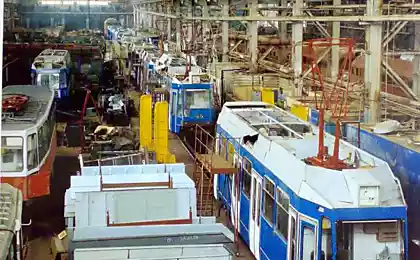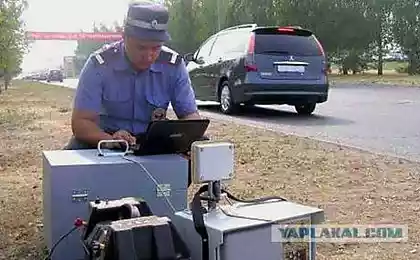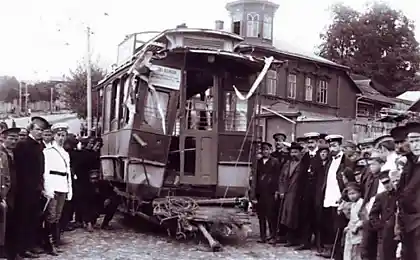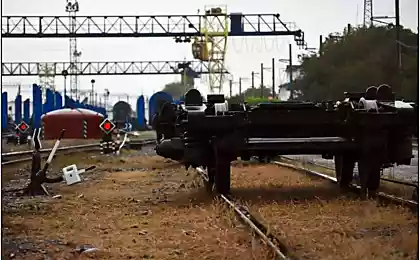665
Metrovagonmash - the right length of the car license
Mytishchi Machine Works was founded in 1897 in Mytischi, Moscow Region. He founded his "hereditary honorary citizen SI Mamontov, a nobleman and citizen KD Artsybushev North American states, a temporary Moscow 1 Guild merchant, an engineer AV Barry, who at the end of 1895 submitted to the Ministry of Finance of Russian project called "Moscow Joint Carriage Works." In January 1896 the Committee of Ministers authorized the "establishment of the aforesaid Companies" and the Charter, as it was accepted, approved Nicholas II.
According to its technical equipment it was intended for the construction of railway rolling stock and manufacturing spare parts. The first production plant for steel carriages of the Northern Railway Russia.
May 17, 1933 the factory management has issued an order to start work on metrovagonam. And on July 1, the team proceeded to shop autogenous welding carts and conductors for these cars. The plant is only shared body and trucks, and electric and pneumatic equipment mounted at the "Dynamo". Only 194g, the production was moved to full Metrovagonmash.
The length of the wagon type "A" on the axes of automatic couplers was 18910 mm, and the length of the modern "license" (81-717 / 714) - 19206 mm. Let's see, where did this figure.
21 Photo © russos
1. It is very simple. For the production metrovagonov were fitted two old plant built before the Revolution, the distance between the facades of which a little more than 19 meters.

2. To move between shops wagons used here is such a transborder. Rooms fit exactly between the walls butt.
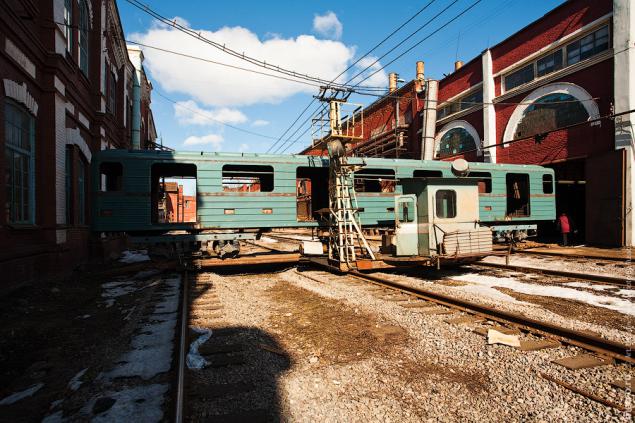
3. The next car on transborder sent to the shop.

4. The technology of combining the rail head.

5. Once crowbar - and drove the car!

6. That is now the legacy of the 30s.

7. Now let's see what's inside. This here kilometers of train conductors.

8. License to Kiev Metro.

9. Amen!

10. Bodies license.

11. Interior Kiev license.

12. rare thing. These are the remains of pulleys for belt drive machine. Yes, once the machines did not work on electricity.
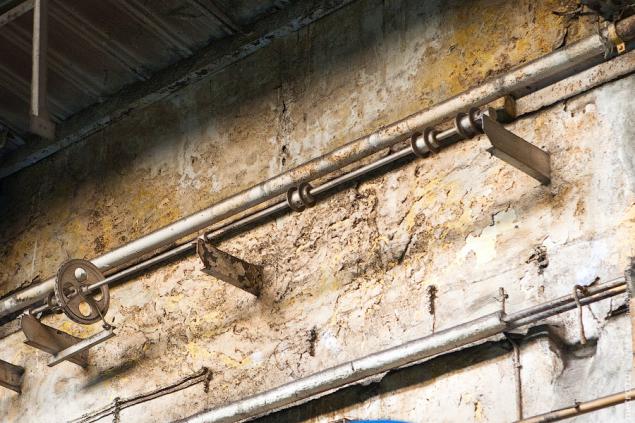
13. Kyiv license.

14. Slipway, which is brewed frame.

15. Slipway roof.

16. The body assembly shop.

17. Keith - "license coach»

18. Roof.
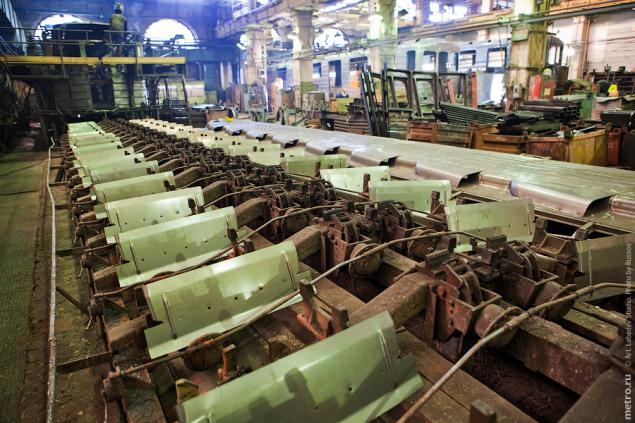
19. On the side of the stacks is going to pieces, and then he turns and welded car body.

20. The next part of the side panels.

21. A general view of the old shops. By the way, they seem to be architectural monuments.
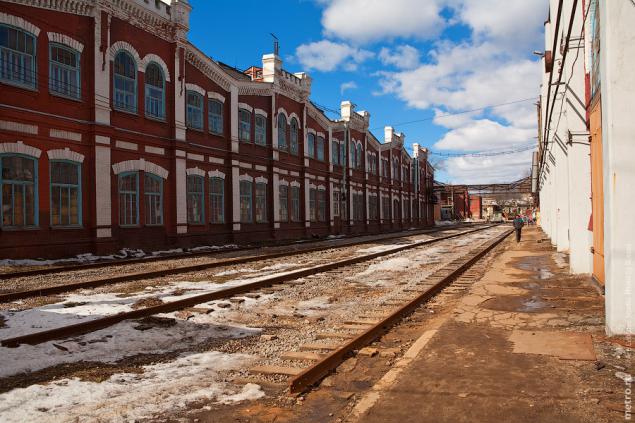
Source:
According to its technical equipment it was intended for the construction of railway rolling stock and manufacturing spare parts. The first production plant for steel carriages of the Northern Railway Russia.
May 17, 1933 the factory management has issued an order to start work on metrovagonam. And on July 1, the team proceeded to shop autogenous welding carts and conductors for these cars. The plant is only shared body and trucks, and electric and pneumatic equipment mounted at the "Dynamo". Only 194g, the production was moved to full Metrovagonmash.
The length of the wagon type "A" on the axes of automatic couplers was 18910 mm, and the length of the modern "license" (81-717 / 714) - 19206 mm. Let's see, where did this figure.
21 Photo © russos
1. It is very simple. For the production metrovagonov were fitted two old plant built before the Revolution, the distance between the facades of which a little more than 19 meters.

2. To move between shops wagons used here is such a transborder. Rooms fit exactly between the walls butt.

3. The next car on transborder sent to the shop.

4. The technology of combining the rail head.

5. Once crowbar - and drove the car!

6. That is now the legacy of the 30s.

7. Now let's see what's inside. This here kilometers of train conductors.

8. License to Kiev Metro.

9. Amen!

10. Bodies license.

11. Interior Kiev license.

12. rare thing. These are the remains of pulleys for belt drive machine. Yes, once the machines did not work on electricity.

13. Kyiv license.

14. Slipway, which is brewed frame.

15. Slipway roof.

16. The body assembly shop.

17. Keith - "license coach»

18. Roof.

19. On the side of the stacks is going to pieces, and then he turns and welded car body.

20. The next part of the side panels.

21. A general view of the old shops. By the way, they seem to be architectural monuments.

Source:


